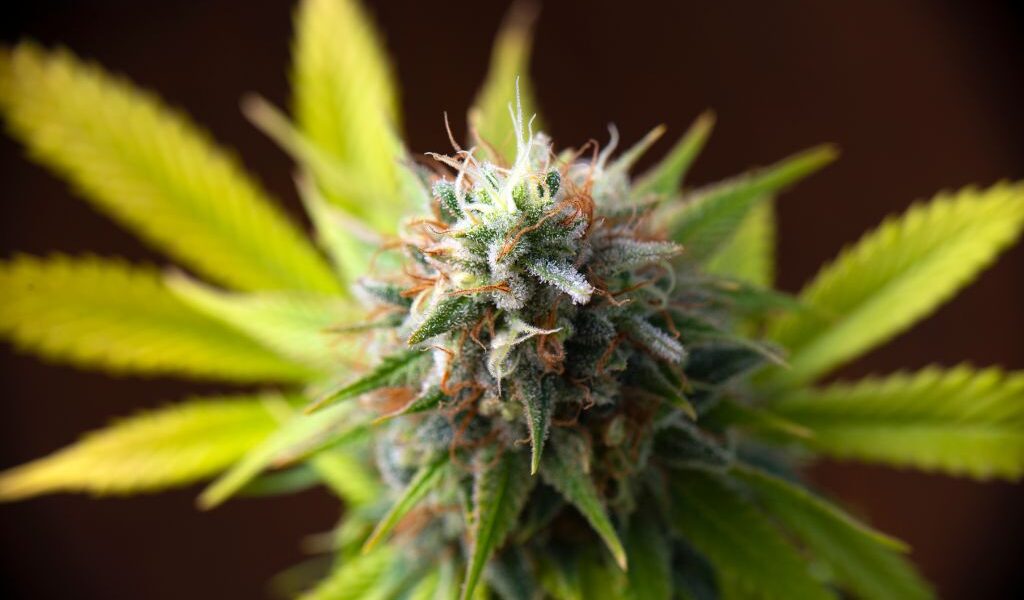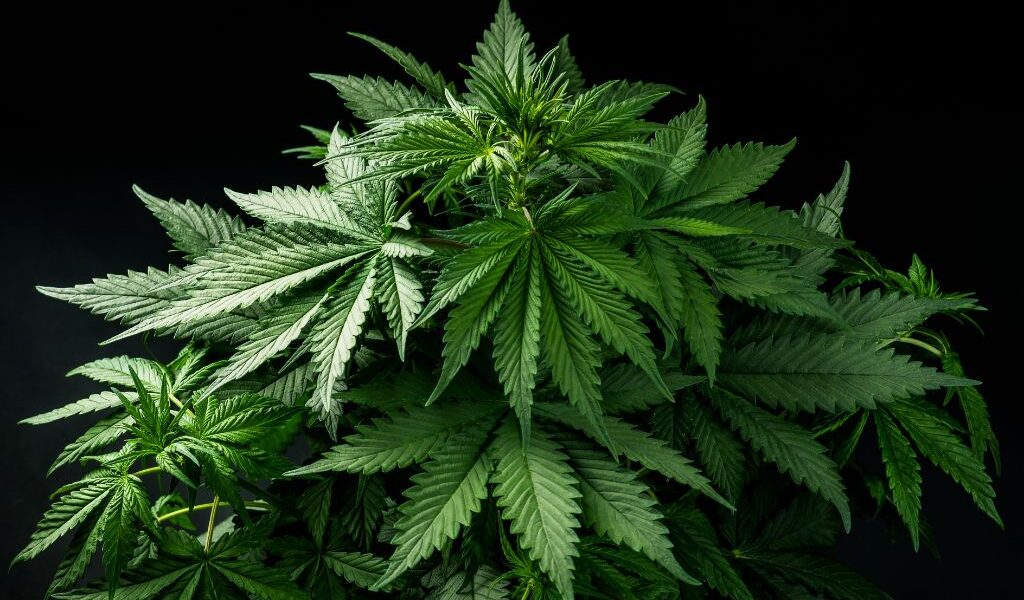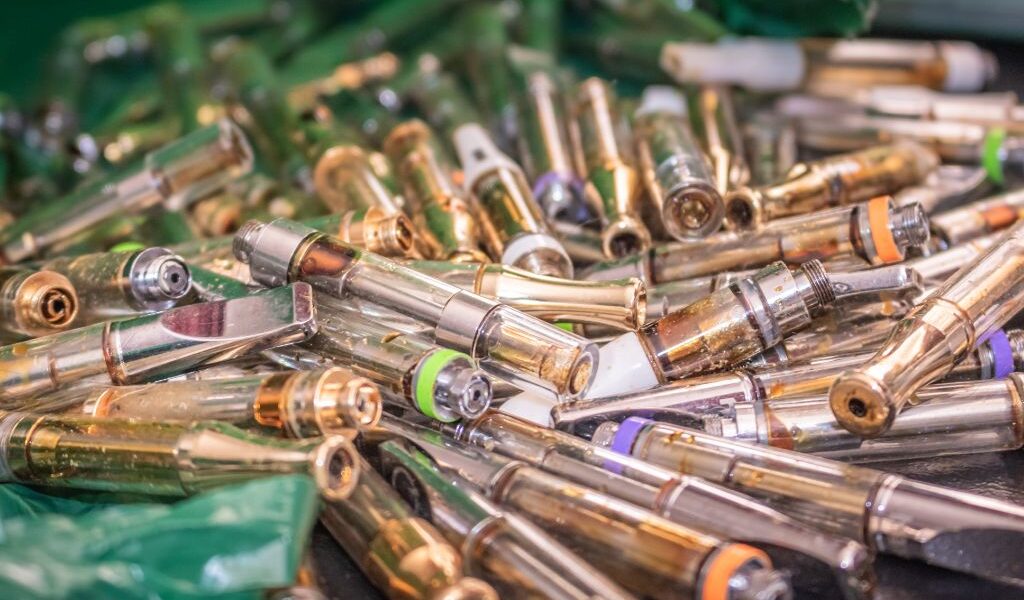Table of Contents
- Introduction
- What is THCA? Recognizing the Basics
- 2.1 THCA vs. THC: What’s the Difference?
- 2.2 The Chemical Structure of THCA
- THCA Blossom: The Raw Form of THCA
- 3.1 How to Use THCA Flower
- 3.2 THCA and Its Cannabinoid Family
- THCA Benefits: Why Individuals Are Turning to This Compound
- 4.1 Potential Restorative Uses THCA
- 4.2 User Reviews: Real-Life Experiences with THCA
- Is THCA Safe? A Comprehensive Look at Its Safety And Security Profile
- THCA Adverse effects: What You Need to Know
- 6.1 Common Negative effects of THCA
- 6.2 Understanding Unfavorable Reactions in Users
- THCA Dose: Finding the Right Amount for You
- 7.1 How to Determine Your Perfect Dose of THCA
- 7.2 Factors Influencing THCA Dosage Recommendations
- Legality of THCA: Where Do We Stand?
- Comparative Evaluation: Is THCA Much Safer than THC?
- The Future of THCA Study and Development
Introduction
In current years, the discussion bordering cannabinoids has blown up, with even more people curious about their results, benefits, and security accounts than in the past. One substance that’s taken spotlight is Tetrahydrocannabinolic Acid (THCA). While lots of know with THC– the psychoactive element discovered in marijuana– THCA provides a various profile totally, frequently touted for its potential healing advantages without the high connected with THC.
So, this pleads the inquiry: Is THCA safe? A Deep Dive into Its Safety And Security Profile In this post, we’ll explore whatever you need to learn about THCA– from what it is and exactly how it operates in your body to its advantages, adverse effects, and advised dosages.
What is THCA? Comprehending the Basics
What is THCA?
Tetrahydrocannabinolic Acid (THCA) is a cannabinoid found in raw cannabis plants that functions as a precursor to THC when warmed or decarboxylated with procedures like smoking or food preparation. Unlike its more renowned counterpart THC, which connects with the body’s endocannabinoid system to create psychedelic effects, THCA does not have intoxicating properties.
THCA vs. THC: What’s the Difference?
While they share similar chemical structures– both are stemmed from cannabigerolic acid (CBGA)– the essential distinction depends on their interaction with cannabinoid receptors in the brain:
- Psychoactivity: THC binds straight to CB1 receptors bring about bliss or a “high.” On the other hand, THCA does not bind effectively to these receptors.
- Therapeutic Potential: Both compounds reveal guarantee for numerous health problems; nonetheless, they might function differently within the body.
The Chemical Structure of THCA
To really recognize what makes THCA special, allow’s explore its molecular structure:
- Molecular Formula: C22H30O4
- Molar Mass: Approximately 358 g/mol
This unique framework allows THCA to function differently from its decarboxylated kind (THC), influencing exactly how they interact with our cells.
THCA Flower: The Raw Kind of THCA
How to Use THCA Flower
With a raising variety of items available on the marketplace containing THC, several users are turning in the direction of THC flower as an all-natural option:
- Raw Consumption: Some choose juicing fresh marijuana flowers.
- Infusions: Others infuse raw marijuana right into oils or tinctures.
These approaches protect THC in its acid form allowing users to experience its possible benefits without psychoactive effects.
THCA and Its Cannabinoid Family
Like various other cannabinoids such as CBD (cannabidiol) and CBG (cannabigerol), THC exists within a facility family members that engages harmoniously within our bodies:
- Each cannabinoid has distinctive properties.
- They can function synergistically– a phenomenon termed the “entourage result.”
Understanding this interconnectedness can assist individuals choose products customized for their needs.
THCA Advantages: Why People Are Transforming to This Compound
Potential Healing Uses of THCA
Research bordering THC has actually yielded promising results regarding its medical residential or commercial properties:
- Anti-inflammatory Effects
- Neuroprotective Properties
- Antiemetic Qualities
- Appetite Stimulation
Many unscientific records also recommend that it may assist conditions like arthritis and epilepsy without creating intoxication.
User Reviews: Real-Life Experiences with THA
While clinical study remains to unravel around thca, many individuals have actually shared their experiences online:
“I’ve been utilizing raw cannabis juice for my arthritis discomfort as opposed to pharmaceuticals; it’s made a globe of distinction!”
Such testimonials showcase how real-world applications are impacting lives positively.
Is THCA Safe? A Comprehensive Take A Look At Its Safety And Security Profile
When discussing any compound’s security profile, it’s important initially to take into consideration existing research study information coupled with individual endorsements:
- Current studies suggest that THC has low toxicity levels compared to several usual medications.
- Anecdotal proof recommends marginal adverse effects when taking in raw kinds like blossoms or tinctures.
Nonetheless, comprehensive scientific trials are doing not have– particularly worrying lasting usage– which calls for cautious positive outlook as opposed to absolute certainty pertaining to security profiles.
THCA Negative effects: What You Need to Know
Common Side Effects of Thca
While users usually report positive experiences utilizing this compound, it’s vital to understand that some might experience adverse effects:
- Mild Intestinal Discomfort
- Changes in Appetite
- Dry Mouth
- Fatigue or Drowsiness
Being conscious enables users higher control over intake habits while reducing negative reactions.
Understanding Negative Responses in Users
In rare instances where individuals consume excessive quantities or have underlying health problems:
“My close friend tried taking excessive and felt light-headed,”
Not all reactions are universal; therefore customized consultations remain vital prior to introducing any kind of new substance right into one’s routine.
THA Dose: Discovering the Correct Amount for You
How to Identify Your Suitable Dosage of Thca
Finding an excellent dosage involves personal experimentation coupled with mindful observation:
- Start reduced and go slow!
- Note any type of changes in health gradually– adjust as necessary based upon responses.
Consulting healthcare specialists knowledgeable concerning cannabinoids can supply additional guidance tailored particularly towards specific wellness considerations.
Factors Affecting Thca Dosage Recommendations
Several elements influence ideal application requirements– consisting of age, weight, medical history/conditions and so on:
|Factor|Result|| ——–|——–|| Age|Older grownups might require lower dosages due level of sensitivity|| Weight|Heavier people could need greater dosages|| Health Standing|Existing medications could modify effectiveness|
By understanding these variables better– customers can make informed decisions regarding appropriate intake levels!
Legality of Thca: Where Do We Stand?
As understanding expands around cannabinoids like Thc, lawful landscapes continue developing at differing rates throughout areas internationally:
|Region|Lawful Condition|| ——–|————–|| USA|Varies by state; some allow medical usage just|| Canada|Legalized nationwide for both medical/recreational objectives|
Always inspect regional regulations prior to purchasing or utilizing any type of hemp-derived products!
Comparative Analysis: Is Thca Much Safer than Thc?
When taking into consideration risk assessments between cannabinoids– it’s vital initially specify safety and security metrics made use of throughout evaluations including poisoning degrees etc:
Studies indicate loved one security when contrasted against typical drugs which carry far higher risks; however additional research study needed right here stays extremely important particularly concerning chronic usage situations!
The Future of Thca Study and Development
Scientific questions surrounding substances like thc continues broadening quickly; indicating strong passion from both academic community & & market stakeholders alike!
Innovations include exploring novel shipment methods together with possible restorative applications targeted at diverse wellness conditions– from psychological wellness assistance through anti-inflammatory treatments focused on chronic discomfort relief!
FAQs Regarding Thca
Q1: What is thca made use of for? A1: Thc offers prospective benefits varying from anti-inflammatory buildings to neuroprotection without causing psychoactive how do you smoke thca diamonds impacts frequently related to typical cannabis consumption!
Q2: Can I obtain high from thca? A2: No! As long as you’re consuming it raw– its non-intoxicating nature permits secure expedition without concern over undesirable highs!
Q3: How should I take thca? A3: Alternatives differ commonly! Many appreciate juicing fresh fallen leaves while others favor tinctures instilled using cool extraction approaches protecting maximum potency!
Q4: Exist any type of interactions I should know? A4: Constantly consult healthcare specialists if currently taking various other medications– particular mixes might lead unexpected end results depending upon private circumstances!
Q5: Exists a suggested dose? A5: Private actions vary dramatically yet beginning low & & slowly increasing based upon observed results commonly generates far better experiences overall!
Q6: Does thca have any type of known long-term negative effects? A6: Currently limited data exists regarding lasting effects hence warn suggested specifically in the direction of excessive usage patterns needing ongoing surveillance by qualified practitioners whenever possible!
Conclusion
As we start this trip exploring whether “Is THC Safe?” we reveal appealing opportunities surrounding Tetrahydrocannabinolic Acid (Thc). With arising study enlightening numerous elements related especially in the direction of efficiency coupled alongside individual testimonies particular claims warrant much deeper examination yet general safety appears motivating so far! However continuing to be watchful urges liable consumption practices allowing people harness maximum benefits while lessening threats involved along each action taken forward!





